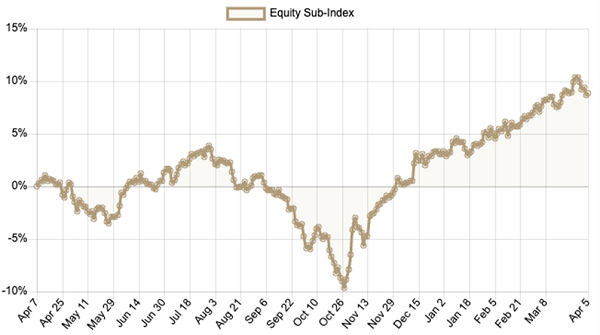Don’t believe anyone who tells you there’s such a thing as a safe investment. Truth is, every asset—from Treasuries to houses to dividend stocks—involves risk.
The “safest” investment, according to the Financial Industry Regulatory Authority (FINRA), is a short-term US Treasury bill. You lend the government $100, say, and you’ll get $105.17 back in a year. Not bad.
But there are some caveats:
- Short-term Treasury rates fluctuate, and the Federal Reserve has said they’ll try to get them lower later this year.
- In a truly apocalyptic disaster, you might find that the Federal Reserve doesn’t pay your money back. In fact, you might find that money itself is worthless.



Recent Comments